Accounting in startups is usually a hodgepodge of cash basis, tax basis, and some other “creative” accounting methods that end up leaving out and ignoring many required generally accepted accounting principles (GAAP). This is understandable since many young entrepreneurs do not have experience with GAAP. As long as they are seeing the information they want to see and being able to make decisions, having GAAP financial statements seems to be a headache that can be pushed down the road until a bank or investors require GAAP.
While deferring implementation of GAAP is an option, the headache of postponing grows each year it is pushed down the road. There are a few simple GAAP implementations that if done from the start, significantly reduce future problems and costs. Doing something right from the start is cheaper than attempting to backtrack and historically true up items when it comes to GAAP.
Accounting for fixed assets is one area startups can focus on and get right from the start. Capitalizing equipment and maintaining records of cost, purchase date, useful life, depreciation, and accumulated depreciation are relatively simple to do in excel. Generating and maintaining a fixed asset listing from the start also provides protection from misappropriation of assets (employees or others mistakenly or intentionally taking company assets). Staying up to date on this schedule can be done as new fixed assets are purchased, taking just a few minutes to add that new computer or server.
Accruals, payables, and prepaid expenses are also items that take minimal time and effort to get started and continue doing right. There are three main accruals that startups can focus on initially. First are vacation and PTO accruals (what the company would have to potentially pay out to employees as of the year-end date based on the PTO/Vacation payout policy). Second are credit card and debt accruals (including interest and items purchased on credit cards but not billed until after year end). Last are major items for which work/performance obligations has been performed but bills have not yet been received as of year-end (for example, if a contractor updates your building or you make a large purchase and items are received before year-end). Each of these examples and other similar items need to be either capitalized or expensed and a corresponding liability recorded for the year ended. Prepaid expenses that span years will need to be capitalized and amortized over the life of the expenses prepaid.
One other item that startups don’t necessarily account for under GAAP is investments in securities. Depending on the investment broker, some investment statements have very little useful information tracked. If your investment statement doesn’t track cost, fair market unrealized gain or loss value adjustments, and other investment income (dividends, interest, etc.) separately then it is vital that investment activity be tracked by the startup from the start. Items such as purchases, sales, realized gains, unrealized gains, interest, dividends, and fees can be tracked and calculated monthly without a significant increase in time spent by accounting personnel.
These three areas, fixed assets, accruals/payables/prepaids, and investments, can be accounted for by someone who is reasonably acquainted with accounting and minimal additional training. Other items require more training and expertise. The following items would be good to discuss with a CPA or accounting professional to ensure appropriate GAAP accounting:
- Stock options and compensation expense
- Leases
- Inventory
- Revenue recognition
Implementing any of these generally accepted accounting principles can seem daunting. Even more daunting is the prospect of having to retrospectively implement and account for activity after years of business have transpired. Imagine trying to record 5 to 10 years of fixed asset purchases and associated depreciation or truing up 6 years of buying and selling securities. You will end up trying to do years of work in a much tighter deadline, whether to appease the auditor or potential investors. The added stress this type of situation will surely accelerate hair loss.
Another aspect that entrepreneurs and startups should consider is how their accounting records affect comparability. Decisions and quick thinking are pivotal to a startup’s success. Incorrect or outdated information can cause businesses to fail. Mistakes are made with bad information and as a result all the work and effort put into a business can be lost. If success in the long run is the goal, implementing GAAP accounting will help you reach that goal.
If the eventual exit strategy is going public or selling to private investors, then maintaining GAAP financial statements from the start will minimize the financial statement changes during due diligence and minimize surprises or price adjustments as a result of adjusting financial information to align with GAAP. The last thing any business owner wants to happen is their company be devalued due to GAAP adjustments and changes from inception to date audits. Knowing where your company is at and what it is worth is easier under GAAP.
For more information about this topic, contact Larson & Company today.



.png)



